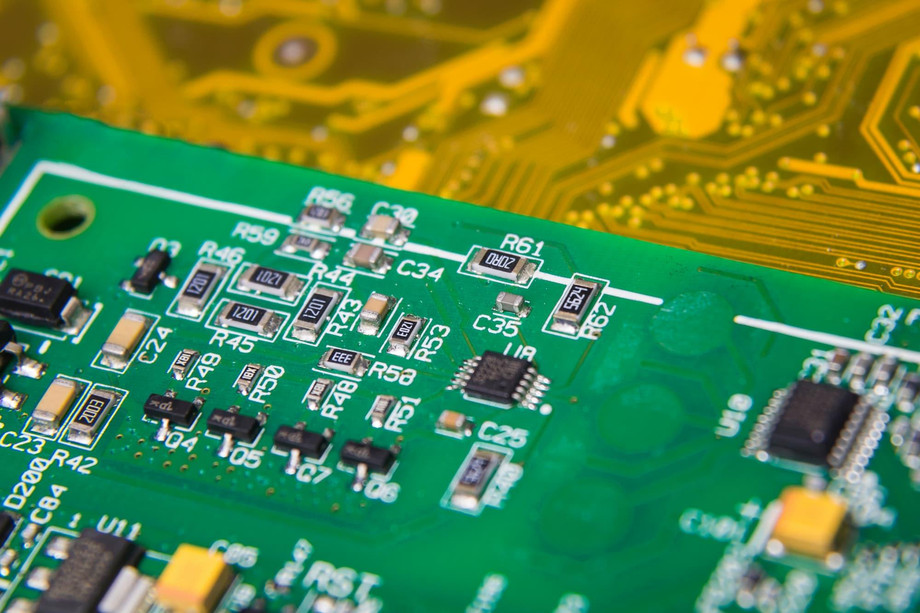As the demand for robust security solutions continues to escalate, the integration of biometric security systems has emerged as a game-changer in safeguarding sensitive information and personal data. The sophistication of these systems lies in their reliance on advanced embedded software development, which enables seamless, real-time processing of biometric data. This blog delves into the transformative potential of embedded software in biometric security, exploring its benefits, challenges, and future prospects.
Understanding Biometric Security
Biometric security leverages unique physical or behavioral characteristics—such as fingerprints, facial recognition, iris scans, or voice patterns—to authenticate individuals. Unlike traditional security measures, which often rely on passwords or physical tokens, biometric systems provide a higher level of security due to their inherent uniqueness and difficulty in duplication.
Embedded software plays a crucial role in these systems, handling data acquisition, processing, and verification. By embedding intelligent algorithms directly into hardware, biometric systems can operate efficiently and effectively, ensuring rapid responses to authentication requests while maintaining a high standard of security.
The Role of Embedded Software in Biometric Systems
Embedded software is the backbone of biometric security systems, providing essential functionalities that facilitate seamless operation. Its primary roles include:
-
Data Acquisition: The embedded software interfaces with sensors to capture biometric data. Whether it’s a fingerprint scanner or a facial recognition camera, the software ensures accurate and efficient data capture.
-
Data Processing: Once the biometric data is collected, it must be processed to create a template—a digital representation of the biometric trait. Advanced algorithms are employed to analyze and encode the data, ensuring it can be reliably compared against stored templates.
-
Matching and Verification: The embedded software handles the comparison of captured data against stored templates. It must quickly and accurately determine whether the presented biometric matches an authorized individual, often within fractions of a second.
-
Security Protocols: Given the sensitive nature of biometric data, robust security protocols must be integrated into the software. Encryption and secure data storage are critical components, ensuring that the data remains confidential and protected from unauthorized access.
Benefits of Advanced Embedded Software Development in Biometric Security
The advancement of embedded software development has significantly enhanced biometric security systems in several ways:
1. Improved Accuracy and Speed
Modern embedded software leverages sophisticated algorithms that improve the accuracy of biometric recognition. Enhanced processing capabilities mean that systems can analyze data more quickly, reducing the time required for authentication. This speed is crucial in scenarios where rapid access is necessary, such as in airports or secure facilities.
2. Scalability
With the rise of the Internet of Things (IoT), biometric systems can now be integrated into various devices, from smartphones to smart locks. Advanced embedded software allows for scalable solutions that can adapt to different hardware environments without compromising performance.
3. Cost Efficiency
Developing efficient embedded software can lead to cost savings in biometric systems. Optimized algorithms reduce the need for extensive hardware resources, allowing companies to deploy cost-effective solutions that do not sacrifice quality.
4. Enhanced User Experience
Advanced embedded software can facilitate a smoother user experience by minimizing false rejections and improving recognition rates. This leads to higher user satisfaction and trust in biometric systems, promoting broader adoption across various sectors.
Challenges in Embedded Software Development for Biometric Systems
Despite its benefits, developing embedded software for biometric systems is not without challenges:
1. Data Privacy Concerns
The collection and storage of biometric data raise significant privacy issues. Developers must ensure compliance with data protection regulations, such as the General Data Protection Regulation (GDPR) in Europe or the California Consumer Privacy Act (CCPA) in the United States. This involves implementing stringent security measures and transparent data handling practices.
2. Hardware Limitations
Embedded systems often operate within constrained environments, which can limit processing power and memory. Developers must strike a balance between the complexity of algorithms and the capabilities of the hardware to ensure optimal performance.
3. Interoperability
As biometric systems increasingly integrate with diverse devices and platforms, ensuring interoperability becomes critical. Developers must create software that can communicate seamlessly with various systems, which may require adherence to industry standards and protocols.
Future Trends in Biometric Security and Embedded Software
Looking ahead, several trends are likely to shape the future of biometric security:
1. Integration of Artificial Intelligence
Artificial Intelligence (AI) and machine learning algorithms are poised to revolutionize biometric systems. By continuously learning from data, these technologies can enhance recognition accuracy, adapt to evolving user behaviors, and improve overall system performance.
2. Multi-Modal Biometric Systems
To enhance security, there is a growing trend towards multi-modal biometric systems, which combine multiple biometric traits for authentication. Advanced embedded software will be required to manage the complexity of these systems, ensuring that data from various sources is processed effectively.
3. Increased Adoption in Various Industries
Biometric security is finding applications in various sectors beyond traditional security environments. From healthcare to finance, the demand for secure access control and identity verification is rising, creating opportunities for embedded software developers to innovate and expand their solutions.
Conclusion
The intersection of biometric security and advanced embedded software development represents a frontier of innovation in protecting personal and sensitive information. As the demand for secure solutions grows, the role of embedded software will become increasingly vital, driving improvements in accuracy, speed, and user experience. By addressing the challenges and embracing emerging trends, the biometric security landscape is set for a transformative evolution, fostering a safer and more secure world.
Investing in robust embedded software development is not just an option but a necessity for organizations looking to secure their digital futures. As we move towards a more interconnected and data-driven world, the significance of advanced biometric systems powered by sophisticated embedded solutions will undoubtedly expand, paving the way for enhanced security across the globe.
To Know More About embedded software development

